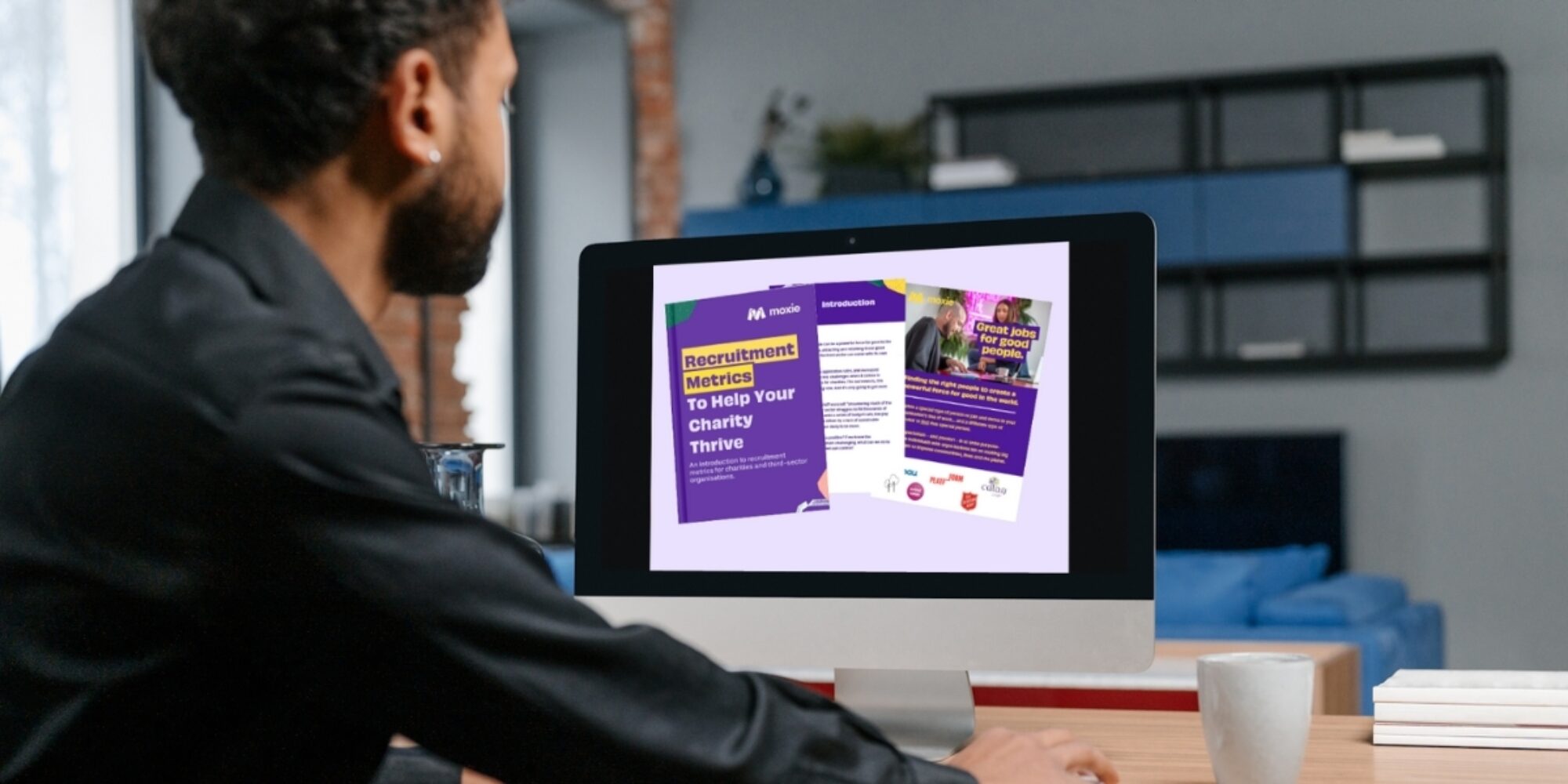HR teams, are you looking to streamline your recruitment process? Here’s our top 3 Moxie tips.
Let’s set the scene.
You work for an incredible housing association or charity that’s doing its part to make a real difference in the lives of people in the community.
You joined, fully equipped with experience in policy placement and strategic planning, and better yet, you joined because your values align!
Making a positive difference is what you’re all about. You understand your charity's mission and you want to play your part in creating a brighter future. Kudos to that.
So, now you’re tasked with hiring and onboarding an entire team…no pressure. The fundamentals are easy: Hire caring and talented individuals who share your passion for wanting to make a positive difference (with the experience to back this up.)
The job adverts have been written and posted and yet…silence
*Queue the tumbleweed passing by*
Or, perhaps you ARE receiving applicants, but unfortunately, they’re just not quite hitting the mark regarding their experiences or qualifications.
We feel your pain.
As a recruitment agency that specialises in working with third-sector organisations and charities, we often receive feedback on the challenges HR teams struggle with when it comes to hiring the right people.
Our Support & Supported Housing team have put together a free, downloadable guide to help charities identify ways of strengthening their recruitment process.
In this blog we’ll take a look at 3 Moxie Metric recommendations to track during your recruitment process, not only to identify gaps in attracting and retaining talent but to understand the overall candidate experience.



